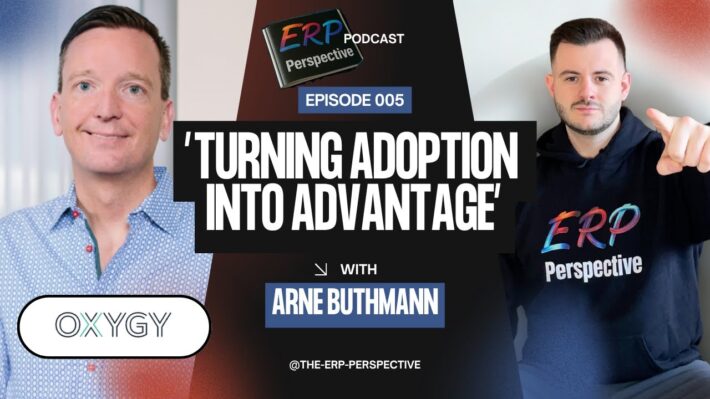More and ever faster changes in the market environment, often driven by the increasing development of new technologies, require constant development of new capabilities.
As a result, every organization needs to regularly introduce new key capabilities, sometimes including a major mindset change. This means that every employee must acquire new skills and continually adapt to a new way of thinking and working.
For this kind of challenge traditional models of learning become too slow and inefficient. Giving people content to read and watch, conducting trainings on site and/or online, and then waiting for them to apply the knowledge just does not work anymore.
A smarter and more effective way is to build capabilities in combination with focusing on business success. Here’s how it’s done:
1. Pick a specific business challenge linked to your business strategy which can’t be met with “business as usual” and but where the new capability is required to tackle it
If “Business as usual” is not enough to meet the challenge (which, of course, has to be meaningful and aligned to the business strategy), you have to change one way or another. The sooner you do this, the better.
2. Teach only the basics at the beginning, preferably with experience-based simulations.
Instead of developing a standard curriculum with a large amount of content for capability training as usual, ask yourself what you should do differently to address these ambitious new challenges. Then teach only the basics at the beginning, preferably with experience-based simulations. More ideas and techniques should be delivered at the right time and just in the quantities needed as work on the challenge progresses. Ideally the content can be pulled by the learners. A learning coach or mentor can be helpful in guiding towards the right input at the right moment.
3. Provide a safe environment to experiment with new insights and techniques.
Mentors also ensure that the projects do not derail, help to create a safe environment, and establish frequent feedback loops to support self-directed learning and experience-gathering of what works and what doesn’t.
4. Support leaders and their teams in applying the new approach and guide them to success.
This is the key: The new approach should lead to success in the ambitious business challenges. This should be supported by guides/coaches who understand what capabilities will be useful for which challenges.
5. If necessary, provide additional knowledge to be explored in self learning settings as the team progresses.
Your teams will discover and recognize the link between new capabilities and the business challenge in the ongoing process. Many will become curious about what other insights and know-how may be available. Therefore, additional knowledge should be provided in an easily accessible way.
The described above approach has four key advantages:
- Achieving ambitious goals, many of which previously seemed unattainable, which is undoubtedly very useful for the business.
- Achieving goals strengthens the willingness to take on even more ambitious challenges, which is even more beneficial for the business.
- Experiencing success helps to sustainably internalize the newly applied capabilities.
- Experiencing success with newly learned capabilities increases openness and interest in acquiring even more new capabilities. And that is what you want to achieve in a world that is becoming increasingly agile, isn’t it?
About the Author
Friedemann Lutz (Director, OXYGY) has supported numerous Management Teams to run demanding initiatives to drive data and digitally driven change, translate ambitious strategic goals into reality and reach and sustain better business results. Many times he has facilitated the discovery of data driven digital, innovative and customer-centric solutions. He is leading the Operating Model Transformation Practice at OXYGY, the consulting arm of Bird & Bird.






